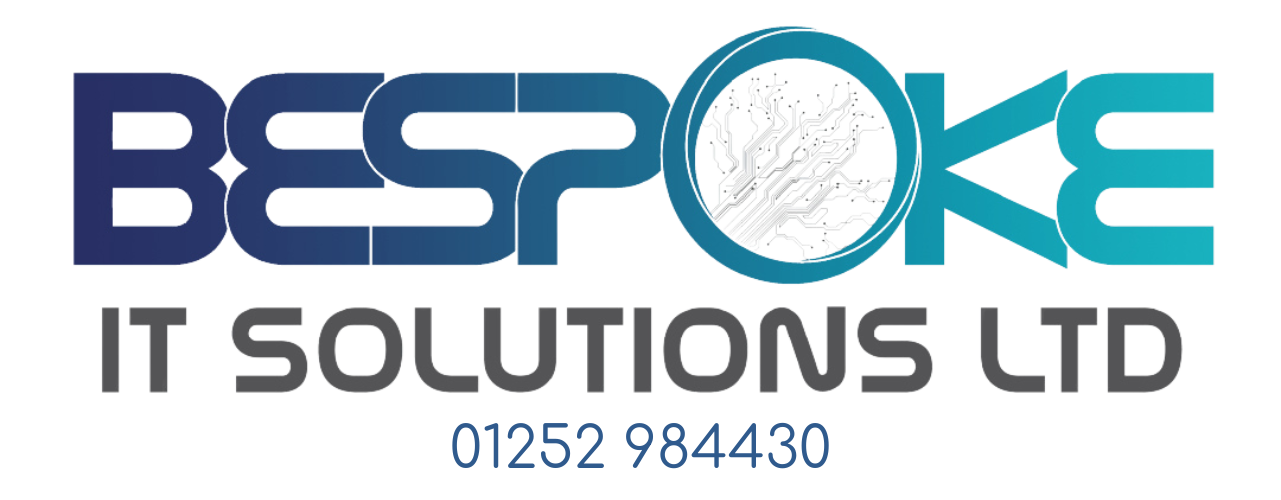It feels like we have a gadget for everything these days, doesn’t it?
The average office worker now carries around three devices to get through the day. Think laptops, tablets, headphones… and even multiple phones.
Technology keeps teams connected and helps us work smarter – but there’s a downside: Managing so many devices can get a little overwhelming.
What happens every time we add a new device to our daily work routine? There’s something else to charge. Another thing to carry. One more item to keep track of.
In fact, carrying around all this tech adds up to an average 4.1 kg of extra weight. That’s like carrying an air fryer to work every day!
Another issue is the mental load. Many professionals say they feel bogged down by the notifications they get across all their devices. It’s common to get dozens of notifications every day, and the constant flow of alerts can be such a distraction.
One way to get around gadget overload is to try out devices that handle many functions, like foldable phones, or hybrid laptops. This way, one device could do the same thing two or three of your devices are doing.
Another great strategy is to upgrade to a smarter system, like Windows 11.
Windows 11 makes it easier to switch between tasks, reducing the need for extra devices. With a smoother, more integrated experience, your team might not feel they need as many gadgets to stay productive.
Need help streamlining your setup? We can help walk you through the options. Get in touch.



